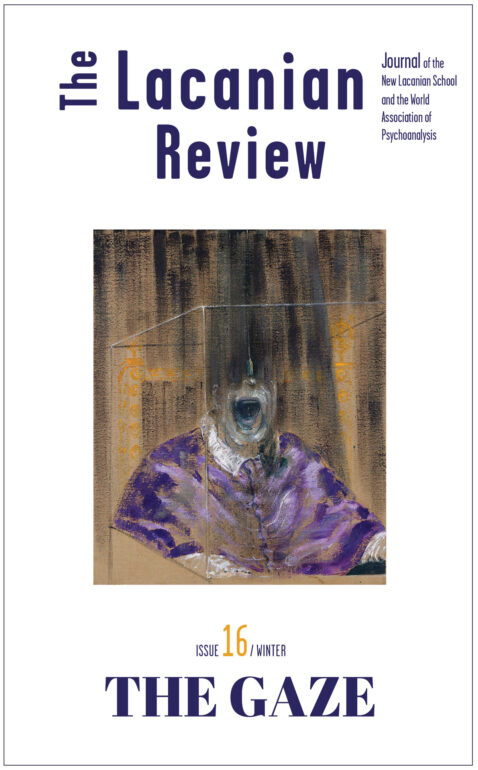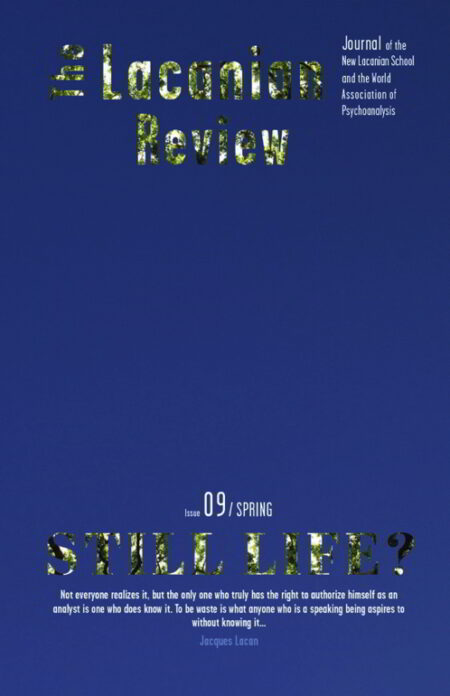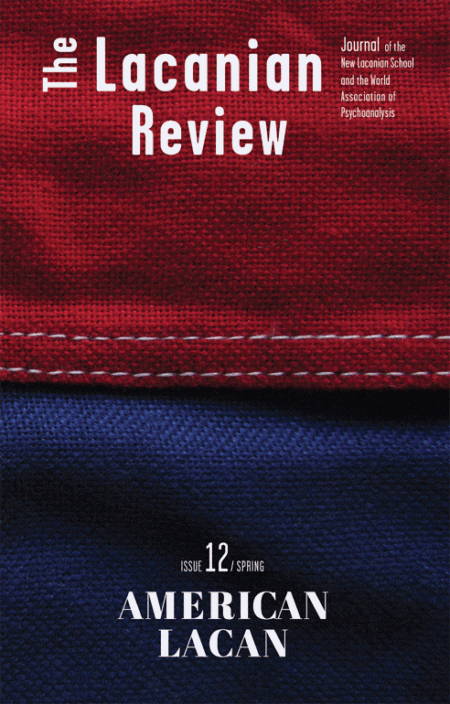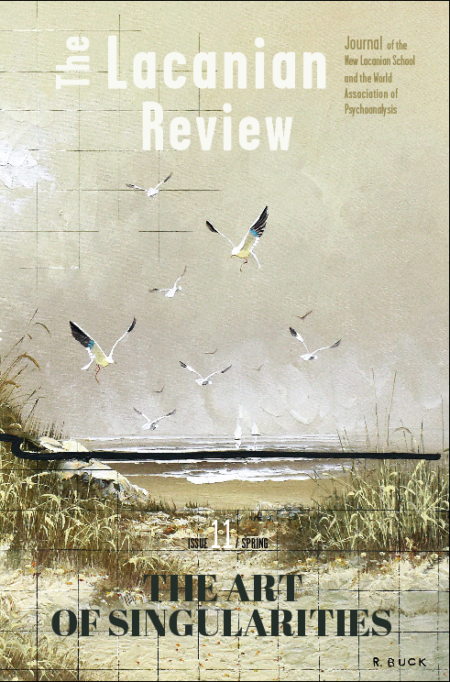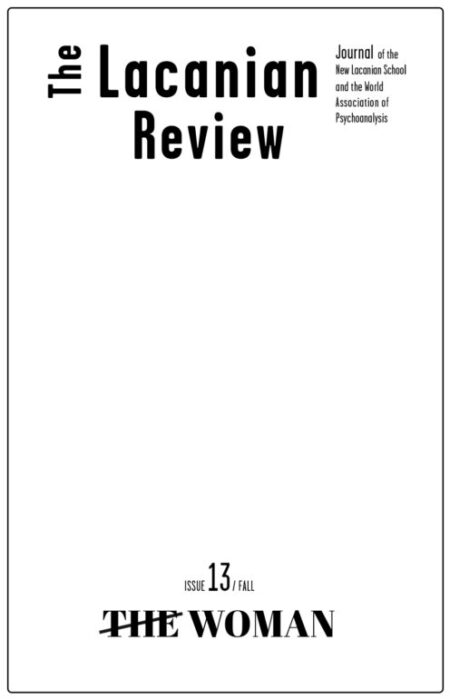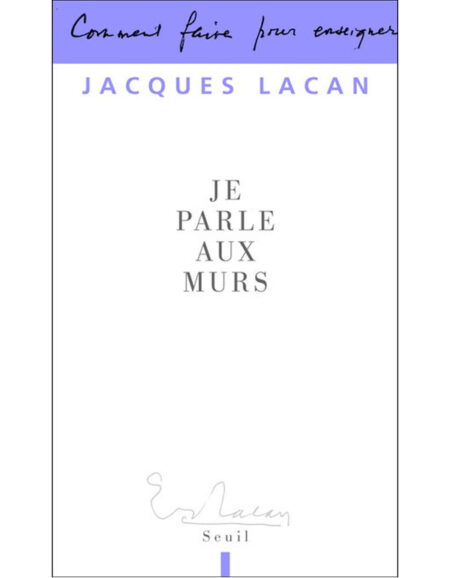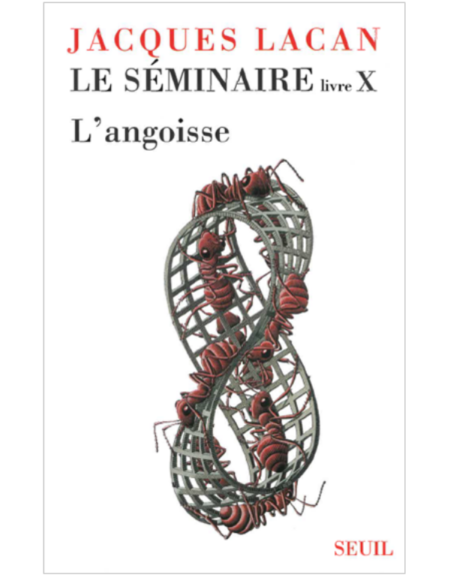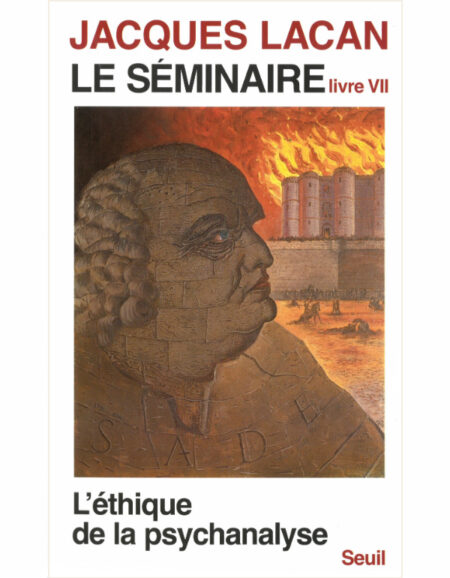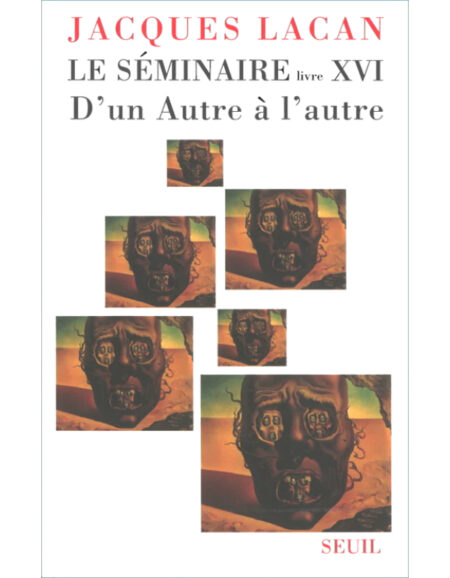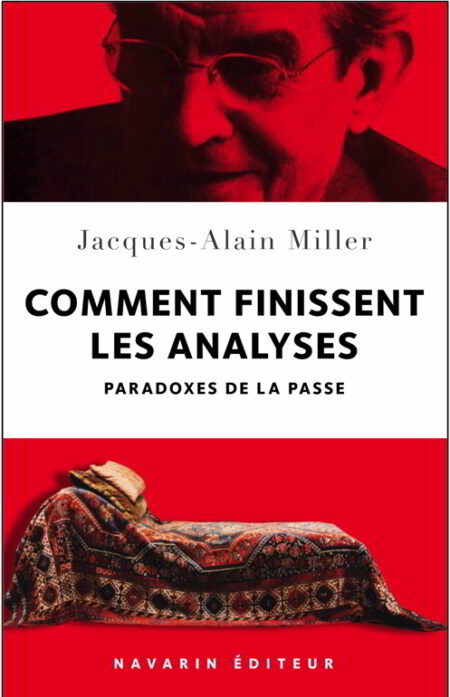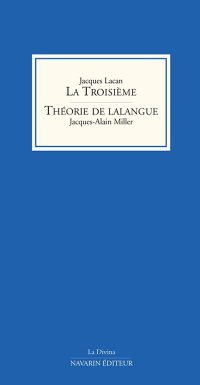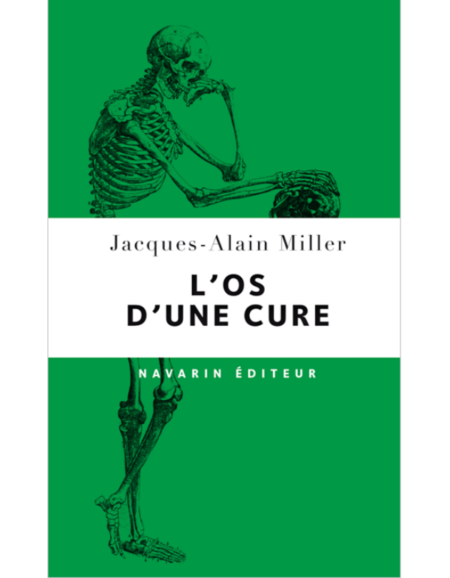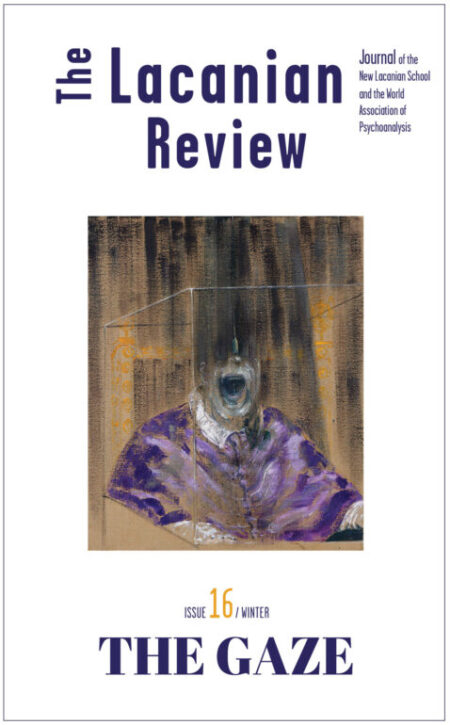Description
The Lacanian Review #16 – THE GAZE.
Winter 2025
The Ineluctable Modality of the Gaze
Cristina Rose Moro
The infamous Times Square remains a temple of the imaginary, a historical exception to city ordinance protecting New Yorkers against the onslaught of advertisement in the cityscape. Its mid-century neon blaze morphed into LED wrapped architecture, flashing lights turned video high-rise. Immaterial, flickering and scrolling, iconic and alienating. In New York, we do our best to circumnavigate it. Tourists make a pilgrimage to this monument of the ineluctable, but it is not necessary to travel to take a pure hit of the empires of images. Look in your pocket, or beside your plate at dinner, or on your nightstand. It’s there waiting for your eyes, looking back as you won’t stop staring at it.
In this volume of The Lacanian Review, we explore the status of the image and the gaze from the psychoanalytic perspective. Jacques Lacan’s theory of the gaze was groundbreaking. What is ineluctable is the real, and with it, Lacan’s self-professed invention—the object a. We take up the object gaze, which Lacan added to the collection of objects—oral, anal, phallic—Sigmund Freud advanced in Three Essays on the Theory of Sexuality. The object a—situated in the middle of a knot of imaginary, symbolic, and real—touches all three dimensions that constitute psychic reality.
An analysand said, “What I get off on is the look in his eyes, how he enjoys how I look, how I imagine I appear to him when we have sex.” Pulling the symbolic register, the gaze can become an operator of the ego ideal, the point from which one is recognized in the Other—striving to be seen as, regarded as impressive, or good enough, worthy, the best or worst. What about the gaze returning in the real? In paranoia, to be looked at can collapse the division between eye and gaze—sono sempre vista.
In his seminar L’Un tout seul, Jacques-Alain Miller demonstrated how the object a ultimately held an imaginary status in the late Lacan. In the pages that follow, you will read how Miller compellingly declares an “antinomy…between the real of perception and the real of object a.”
The imaginary is useful for covering holes, but what about the hole in the visible? There are things that can be seen but that are not really there. Or are they? Rainbows, mirages, the coat hanging on the wall at night that appeared as a figure approaching the bed. Trompe l’oeil, a tradition in painting dedicated to exploiting the eye, image, and gaze—reality, representation, and real. Stains, veils, screens, lures, captures, consistencies, and invisible lacks. Through the myriad functions and phenomena of the imaginary, Lacan emphasizes disharmony, discontinuity, inconsistency, non-rapport, and division.
At times an image can suddenly become strange, uncanny. When Freud finally saw the Acropolis, he couldn’t believe his eyes. Miller explains that “[t]he father’s reproachful gaze was such as to inspire Freud’s ‘What I see here is not real,’ which he defended himself against with his memory disorder.” Miller emphasizes that for Freud the image of the Acropolis was fundamentally mediated by the gaze and thus the fantasy structure: “The father’s gaze arises in the Acropolis itself. It’s not so much that they see the Acropolis, but that the Acropolis looks back at them through the father’s eyes.”
What is the relation between two canonical inventions of Lacan—the gaze and the imaginary? We invite you to have a look at The Lacanian Review. With any luck there will be more than meets the eye.
The Lacanian Review No 16: “The Gaze”
Contents
Editorial
Cristina Rose Moro, The Ineluctable Modality of the Gaze
Uncanny
Jacques-Alain Miller, D’un regard, l’étrangeté
Jacques-Alain Miller, Of a Gaze, The Strangeness
Empire of Images
Daniel Roy, The Preference for the Image
Christiane Alberti, On a New Imaginary
Alan Rowan, The Reign of the Image
Object & Lack
Éric Laurent, Varieties of the Letter and Autistic Objects
Carolina Koretzky, Constructing the Object, and Detaching from It
Bernard Seynhaeve, The Split of the Eye and the Gaze, An Extension of the Mirror Stage
Ineluctable Images
Jorge Assef, A New Imaginary in the Analytic Experience
Véronique Voruz, The ‘Execution of the Image’
Carole Dewambrechies-La Sagna, The Vertigo of the Visible, G. G. de Clérambault
Clinic of the Gaze
Laure Naveau, Beauty and Gaze
Dominique Holvoet, The Blind Master
Yves Vanderveken, Introduction to a Clinic of the Gaze
Dossia Avdelidi, The Split of the Eye and the Gaze
Stain & Veil
Nathalie Laceur, Masks of the Feminine
Vera Patia, Emily Dickinson, to Tear the Veil
Jean-Luc Monnier, A Stain in the Picture
Neus Carbonell, Seduction and Lure
Despina Andropoulou, Film: A Study of the Blind Gaze
Art of the Look
Margarita Cappock, Rik Loose, Bruno de Halleux, and Marie-Hélène Brousse in conversation, Francis Bacon, Or the Gaze Stripped Bare by Its Artist, Even
Roger Litten, Bacon: Study for a Portrait
Robert Buck, 6 Images Found in the Streets of NYC for 6 Pages Bound in This Issue of TLR

